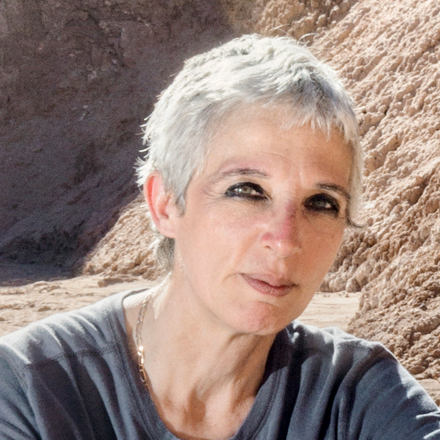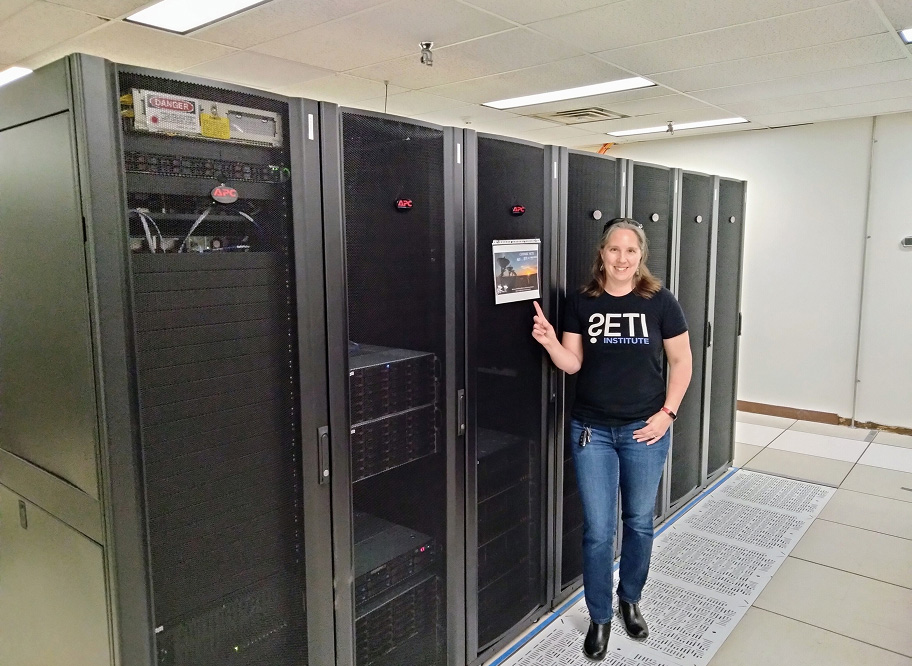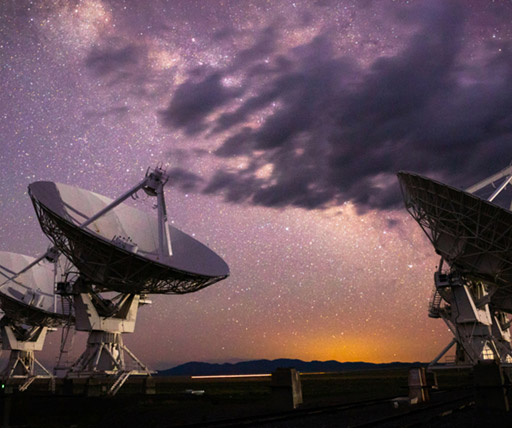SETI Institute is a non-profit research organization, located in the Silicon Valley close to the NASA Ames Research Center. Our mission is to lead humanity's quest to understand the origins and prevalence of life and intelligence in the universe and share that knowledge with the world.
SETI Institute began small, with just one project – NASA’s SETI program – and two employees, founder Tom Pierson (a former grants administrator at San Francisco State University), and astronomer Jill Tarter. Over the years, other research disciplines have been added to the Institute’s portfolio, all unified by their relevance to the search for, and understanding of, life beyond Earth. Today, the Institute has approximately 100 scientists as well as specialists in administration, education, and outreach.
You can read more about the SETI Institute’s history here.
What We Do
At the SETI Institute, we explore the origins of life, the search for extraterrestrial intelligence, and the mysteries of the cosmos. Through cutting-edge research, education programs, and public outreach, we strive to expand humanity's understanding of the universe.

Research
We lead scientific investigations into planetary environments, astrobiology, and the search for life beyond Earth.

Education
Our educational initiatives inspire and train the next generation of scientists, fostering curiosity and innovation.

Outreach
We engage the public with space science and discovery, making complex scientific ideas accessible and exciting for all.
Frequently asked questions
Everything you need to know about us.
News & Events
Press Releases
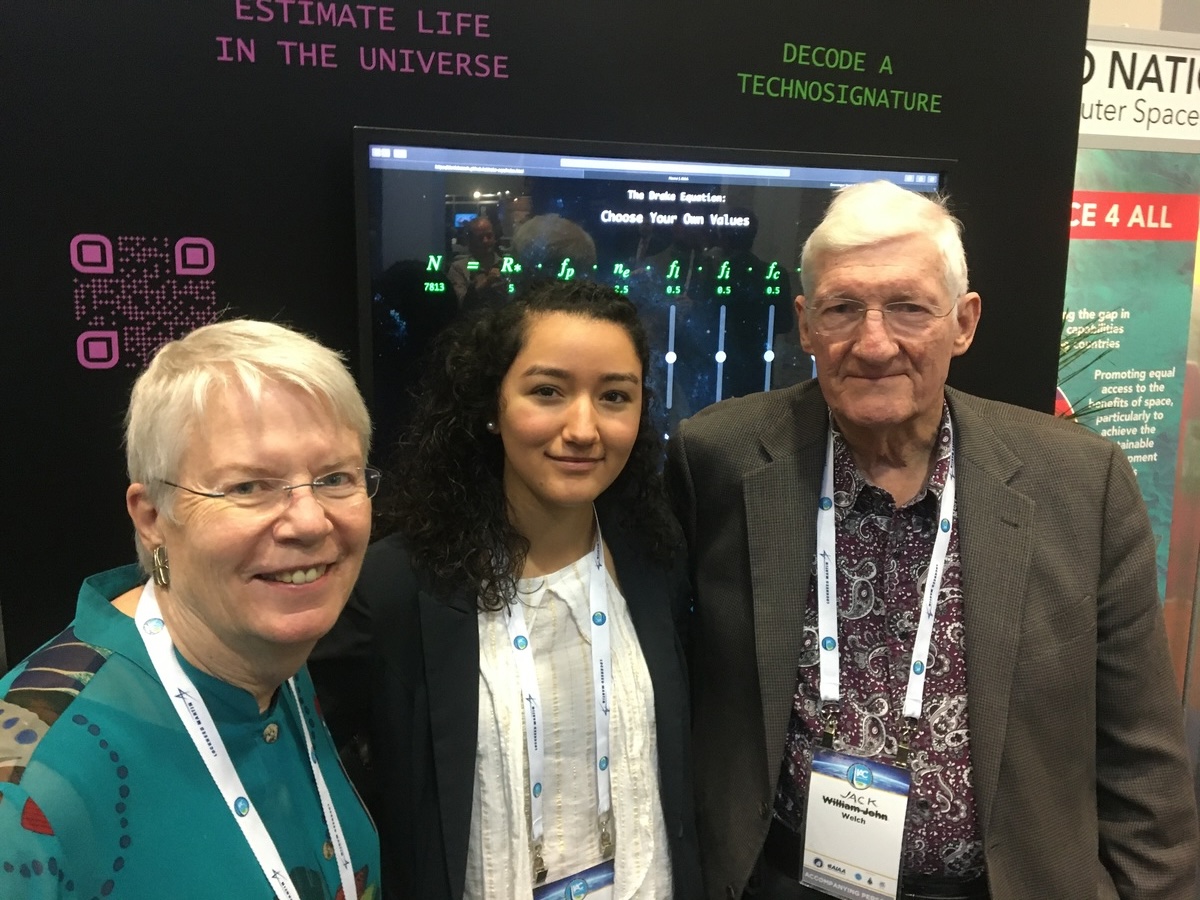
SETI Institute Names First William J. Welch Postdoctoral Fellow
#Press Releases #ATA #Fellowships #SETI #Hat Creek Radio Observatory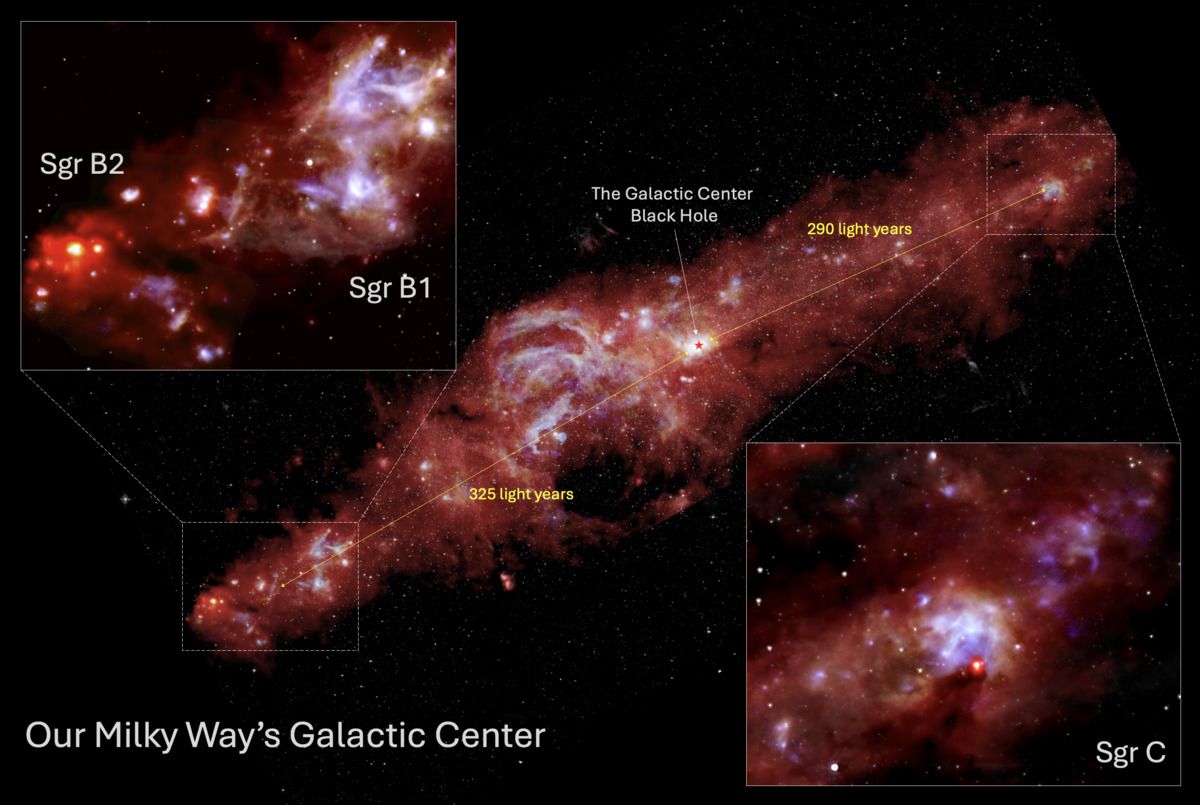
Unusual Stellar Nurseries Near Our Galaxy’s Center Puzzle Scientists
#Press Releases #SOFIA #NASA Missions and Observatories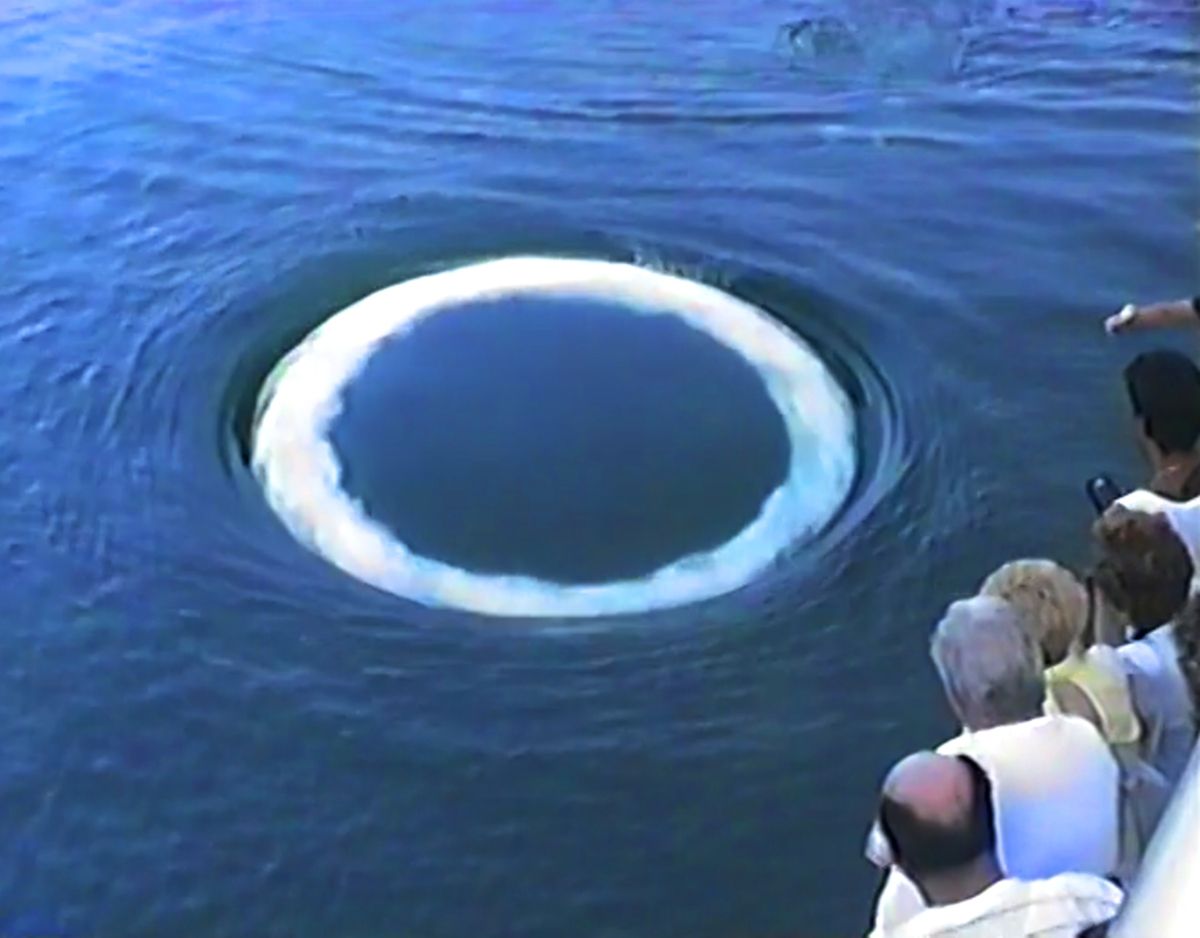
WhaleSETI: Curious Humpback Whales Approach Humans and Blow Bubble “Smoke” Rings
Newly documented behavior in a recently published paper by SETI Institute and UC Davis team members may offer insights into nonhuman intelligence—and help shape the search for life beyond Earth. #Press Releases #SETIContact us
339 Bernardo Ave, Suite 200 Mountain View, CA 94043, United States
Phone: 650.961.6633 | Fax: 650.961.7099
Media Inquiries: media@seti.org
Careers: hr@seti.org
General Questions: info@seti.org
)



